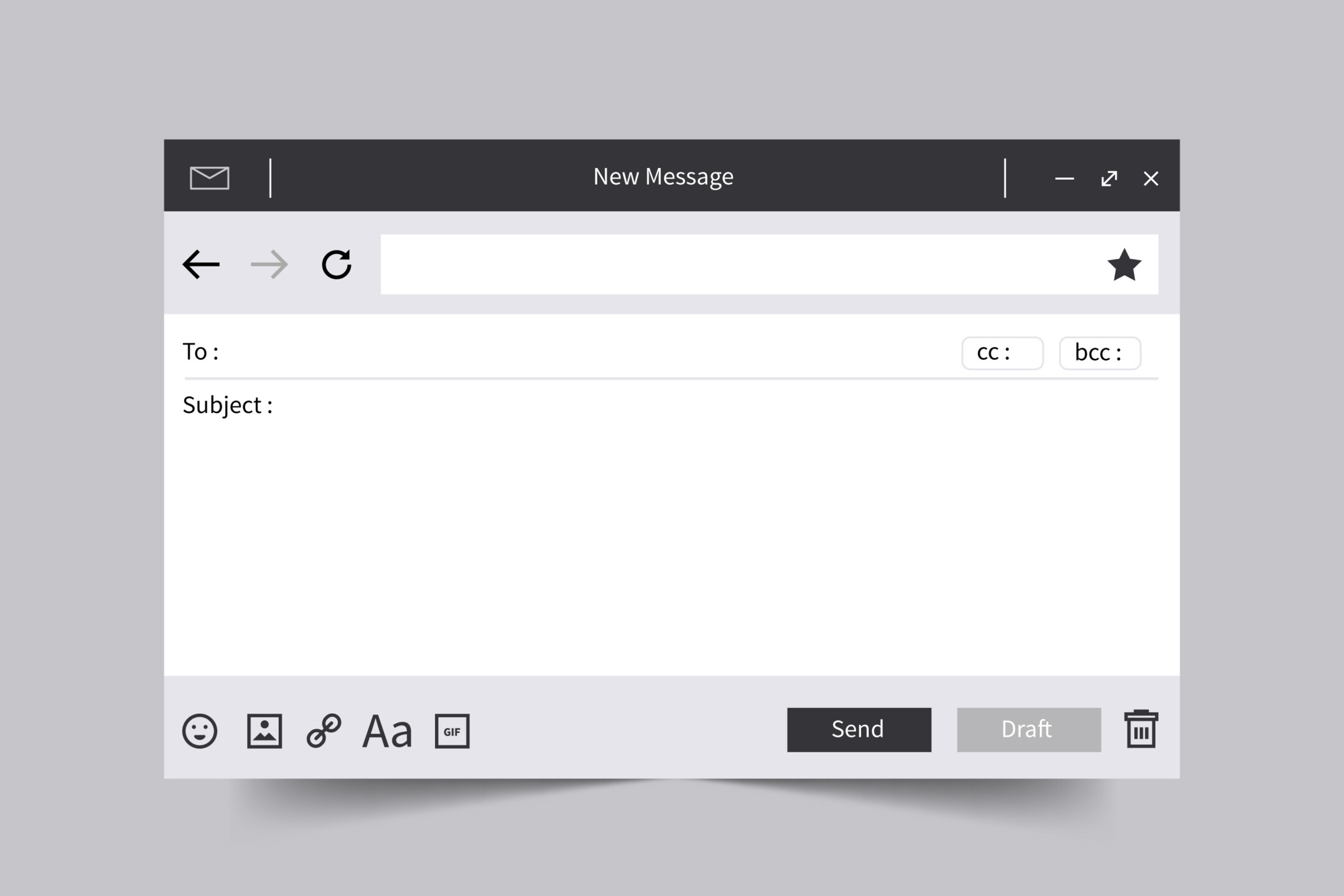A recent Q&A hosted by MuckRack asked 10+ journalists how many email pitches they receive in a day. Any guesses? Nearly 75% of the respondents answered they receive between 150-300 pitches a day, sometimes even more on certain days. As one journalist stated, “I get a lot of PR pitches that I instantly delete.” Yikes.
Another reporter noted, “Every morning, opening my inbox feels like cleaning out the cobwebs and old clothes in the attic you never go into.” Journalists get bombarded with over 1,000 pitch emails every week and more likely than not, half of those wind up in the virtual trash bin. The leading reasons? The pitch is a snooze fest, the topic isn’t relevant to them, or the email looks like a generic copy and paste (yes, media can tell). Luckily there are a few steps PR professionals can take to make their pitches stand out and avoid their hard work from being dragged over the trash bin. Keep scrolling to learn about a handful of tips and tricks for perfecting the personalized pitch.

Related: How To Build a Media List That Gets You Press Coverage
Create a Compelling Subject Line
Similar to how books are sometimes judged by their covers, the same goes for email pitches as one of the first things a journalist sees is the subject line. While the content within the pitch might be dazzling and newsworthy, if the subject line lacks luster – a reporter might not even think twice before deleting the message. Before clicking send on your next pitch, read the below on how to create a compelling subject line:
- Short & Sweet: When creating a subject line, it’s best practice to keep it short and sweet as cramming in a handful of details leaves room for convolution. As Forbes notes, “You don’t need to tell the reporter everything in the subject line. If they want more context, they’ll ask for it. Treat the subject line as an informative appetizer, not the main course.” When typing out the subject line, a good rule of thumb is to stay under ten words.
- Avoiding Click Baiting: Have you ever clicked on an interesting looking article or perhaps opened an email only to find the information within is completely misleading? If you answered yes, you’re not alone – turns out Taylor Swift didn’t cancel the Eras Tour. While it’s important to evoke curiosity in the subject line, taking it a step too far by presenting illegitimate information to drive pitch engagement can hinder your media relationships and credibility.
- Add a Personal Touch: It’s in human nature to gravitate toward the people, places, and things we feel a personal connection to. With this in mind, consider tailoring the subject line toward the particular journalist you’re pitching.
- Avoid Setting Off Spam Alarm Bells: When possible, avoid implementing spam trigger words into the subject line. When words and phrases such as “Buy Now”, “Take Action” “Free” are detected, your pitch email is at risk of being flagged as spam.

Related: 6 Types of Press Releases to Garner Media Attention
Do Your Homework
A crucial part to personalizing any pitch is doing some behind the scenes research around your story, the medium you’re targeting, reporters receiving the pitch, and industry trends happening around the topic. As you begin crafting the pitch letter, consider asking yourself the following questions:
1. Did the reporter write a recent story that ties into your pitch topic?
-
- If so, consider referencing the piece.
2. Are you following the reporter on social media? Bonus question: Have you checked out the journalist’s social media to see if they have anything in the works?
-
- For example, if you’re pitching a story about ‘2023 Dog Trends’ and the reporter recently shared a picture of their Golden Retriever named Olive, it might make sense to bring that up.
3. Do they have a newsletter discussing recent and upcoming work?
-
- This is a great way to stay up to date on what a journalist is working on and ensures your pitch is relevant.
4. Have you researched trending topics and/or any compelling statistics that relate to the pitch angle?
-
- Capitalizing on current trends, compelling statics, or other newsworthy tidbits helps create a strong foundation, ultimately driving media coverage and engagement.
5. Have you collaborated together in the past?
-
- If so, consider leading into the pitch with this.
Converting a pitch to a piece of thought-provoking coverage is a beautiful thing. With the personalization tools we’ve outlined above, your media pitches will stand out and avoid being sent to the virtual trash bin.
Looking for a PR agency to perfect your media pitching and boost your press coverage? Reach out to our team of PR experts today.



